
Millions of Americans suffer from knee pain and knee injuries each year, and it’s no wonder why. The knee is our largest joint, placed between the two longest bones in the body. As it bends, your entire body weight is transferred onto it. Whether you’re standing still or running a marathon, there’s a constant pressure on the knee and the complex system of bones, ligaments, tendons, and cartilage within it. As powerful as it is, the knee is simply prone to injury. There are many common knee injuries as a result.
Risk factors also contribute to the chance of knee pain. Playing high-intensity sports and overtraining, being overweight, being a woman, having osteoporosis, having certain diseases, and the natural aging process can all increase your risk of knee injury. This is why everyone should be aware of common symptoms of knee injury as soon as they appear.
Symptoms of Knee Injury
Typical symptoms include swelling and stiffness, redness and warmth to the touch, weakness or instability, popping or crunching noises, bruising, and an inability to fully straighten the knee. Different injuries cause different types of pain and require different types of response.
Most Common Knee Injuries
Torn Meniscus
There are two menisci in the knee, C-shaped cushions of cartilage that create a buffer between your shinbone and thighbone. The meniscus can tear when you forcefully twist or pivot the knee. You may feel a popping sensation, and experience immediate swelling, pain, stiffness, and weakness.
Fractures
Knee fractures indicate a breakage in the patella, or the nearby shin or thigh bones. Fractures can vary from minor to quite severe, and are often caused by blunt trauma or a fall. Symptoms include severe pain, swelling, and even a deformed appearance. It’s recommended that you immediately consult with a doctor, as fractures often require surgery.
Patellar Tendinitis
Patellar Tendinitis is a common overuse injury, caused by tiny, repeated tears in the patellar tendon, which connects to the shinbone. Continued stress on the tendon causes increasing pain and inflammation overtime, eventually impacting your ability to do basic movements.
ACL Knee Injuries
An ACL injury is a tear or sprain of the anterior cruciate ligament (ACL), a band of tissue that connects your thighbone to your shinbone, stabilizing and supporting the knee. Sudden changes in direction while playing a sport can cause an ACL injury. The injury is often accompanied by a popping sensation, loss of motion, and pain, and requires immediate care.
Bursitis
Bursitis occurs in the bursae, which are small, fluid-filled sacs that cushion the knee joint. The bursae can become inflamed through constant, repetitive motions, causing pain, achiness, and swelling. Resting the knee can often improve bursitis, but some cases require medication, therapy, and surgery.
Active people and athletes should take particular caution to prevent knee injury. By wearing proper footwear, warming up, practicing weight training to strengthen the knee, and limiting overtraining, you can reduce your risk of severe knee injuries.
If you are experiencing chronic knee pain and it is not going away, it is advisable to seek out qualified medical attention. Dr. Stacie Grossfeld is a board certified orthopedic surgeon and sports medicine doctor serving patients across the Louisville Kentucky area. For information about Dr. Grossfeld and her Orthopaedic Specialists PLLC practice, call 502-212-2663 today.


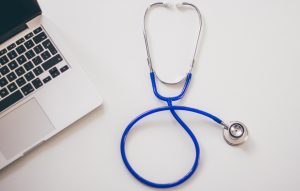
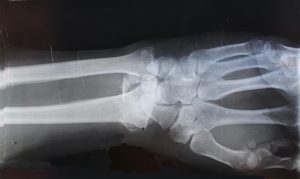

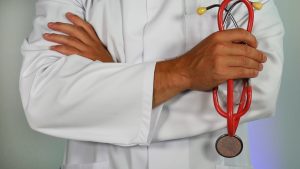
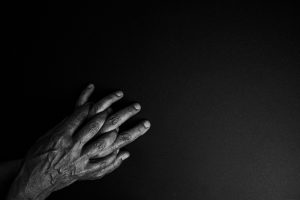


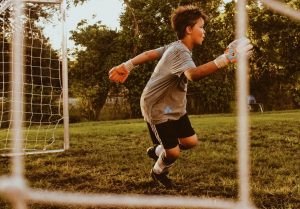
Recent Comments